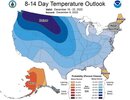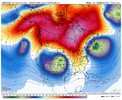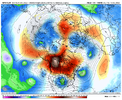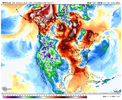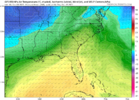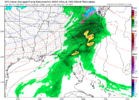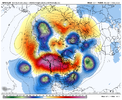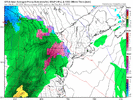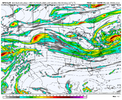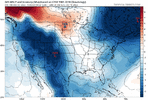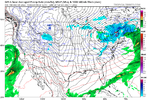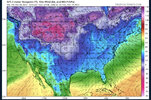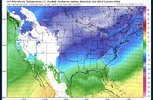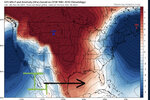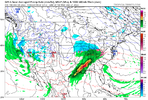Note here on the GEFS how the jet in the Pacific moves equatorward (south) and extends east. This is what we want to see as it allows the NE Siberia Low appendage to drop south and east with ridging pumped into AK...and it allows the Aleutian Low to finds its happy home (2nd loop). Getting the Pac jet to extend farther east, to say, the longitude of Hawaii would get us into more +PNA (or -EPO / +PNA). Whether you want that or not depends on where you live (farther west, farther east) and whether we have a big -NAO (more -NAO = more eastward trough over the U.S.)
In contrast, if the jet stays poleward (north), you get low pressure pumped into AK (+EPO / -PNA). If the Pac jet stays retracted to the west, you get the North Pac ridge located farther west (Aleutian ridge) and -PNA.





